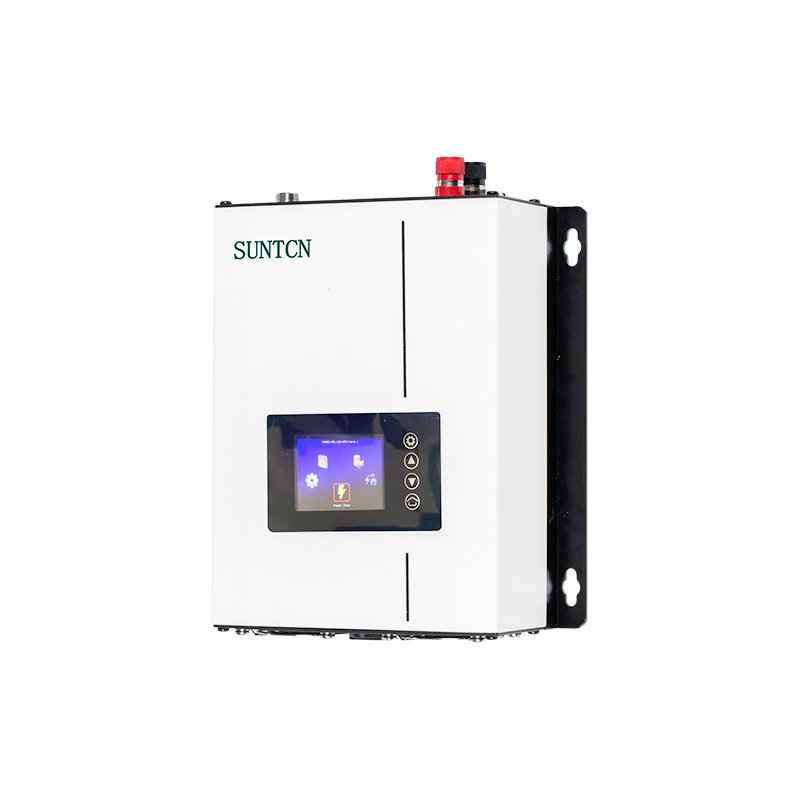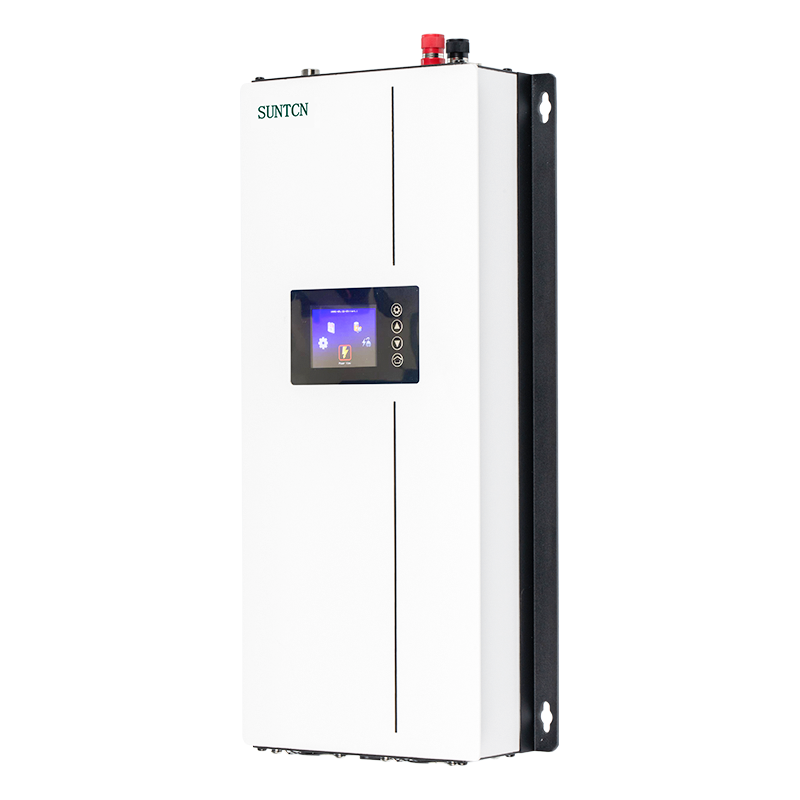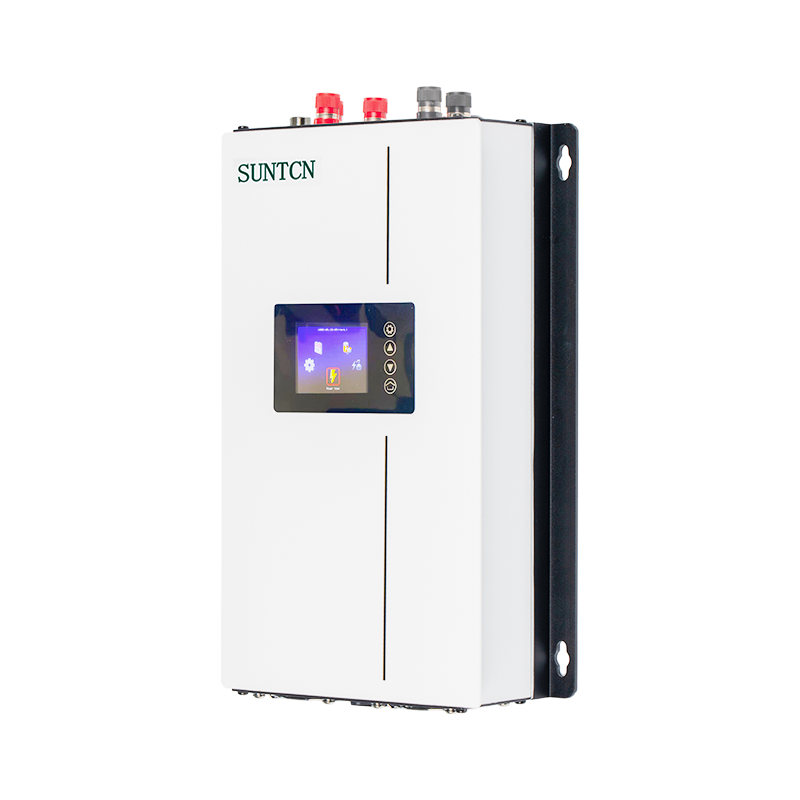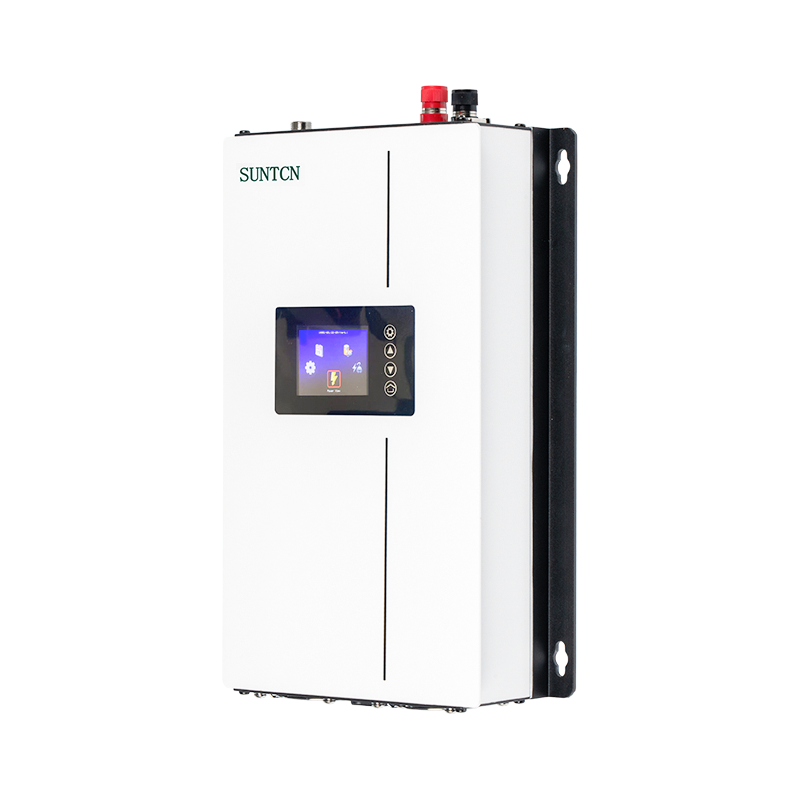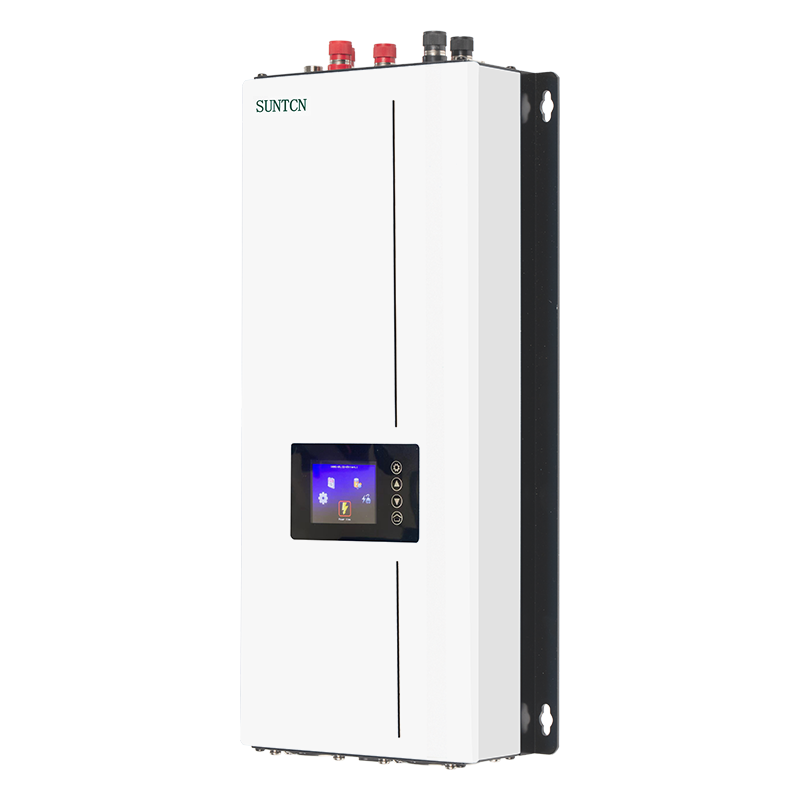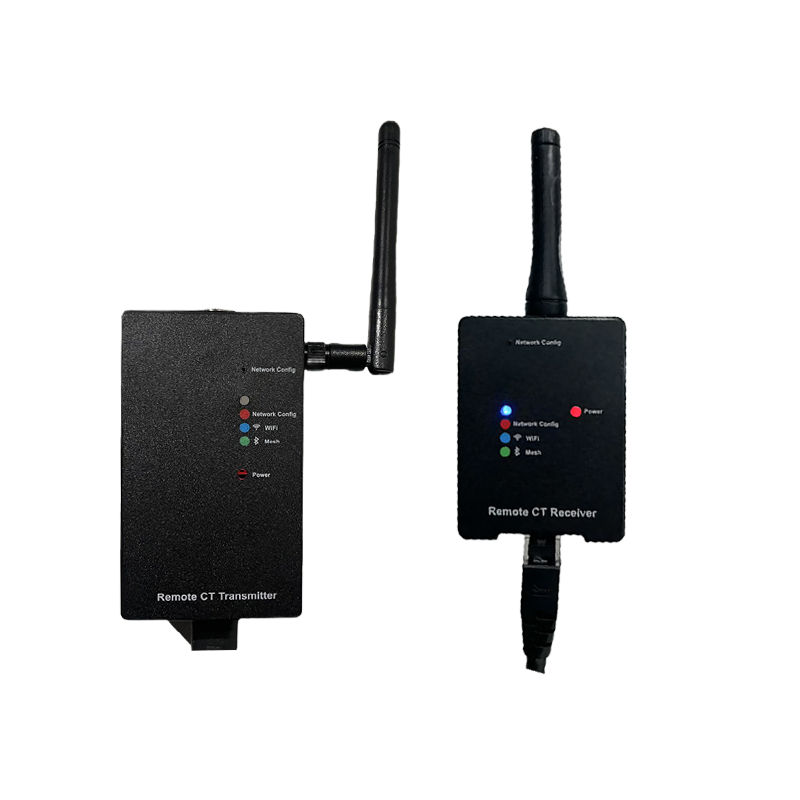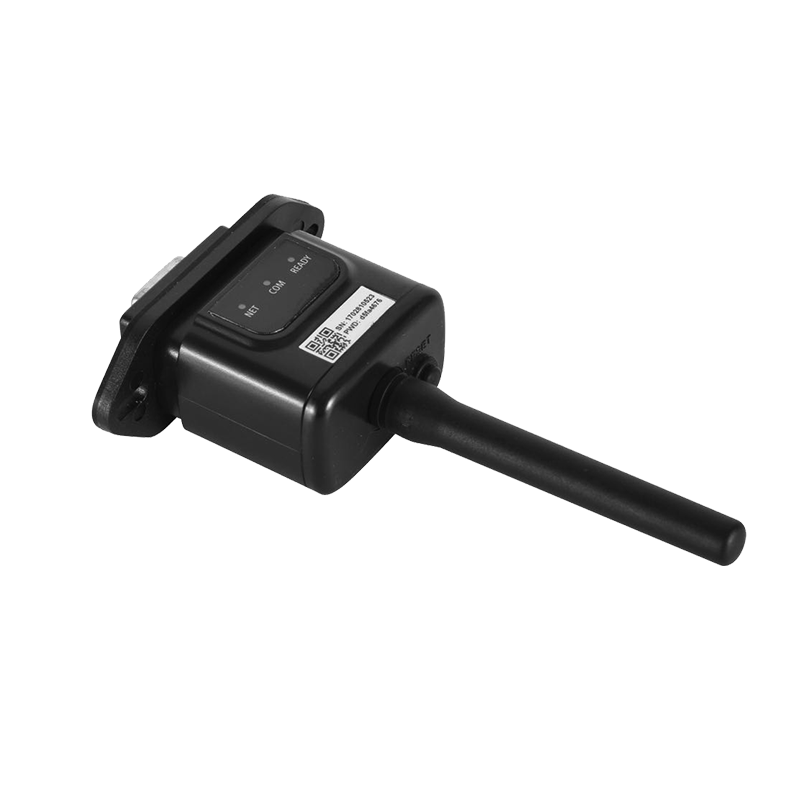With the rapid global popularity of photovoltaic power generation, Grid Tie Inverter, as the "heart" of the solar energy system, has become an important core device for integrating photovoltaic power into the grid power network. Whether in home rooftop photovoltaic systems or in large-scale commercial power generation projects, the use of grid-tied inverters is becoming more and more widespread.
1. What is a grid-tied inverter?
A grid-tied inverter is a device that converts the direct current (DC) generated by solar panels into alternating current (AC) and outputs it synchronously to the public power grid. Unlike off-grid inverters, grid-tied inverters cannot store electricity, but instead directly supply all generated electricity to home electricity or feed it back to the grid, thereby reducing electricity bills.
Common applications include:
Household rooftop photovoltaic systems
Commercial office buildings, factory distributed power generation
Rural power grid feedback systems
Urban building energy-saving projects
2.Core safety mechanisms of grid-connected inverters
Modern grid-connected inverters are very mature in safety design and usually have the following key protection functions:
1. Anti-Islanding protection
This is one of the core grid-connected safety technologies. When the grid is powered off, the inverter will automatically stop outputting power to the grid to protect the staff who are repairing the grid and prevent the equipment from being damaged by reverse current.
2. Overvoltage and undervoltage protection
When the grid voltage fluctuates abnormally, the inverter will automatically stop working to avoid affecting the equipment or user-end appliances.
3. Overload and overtemperature protection
With built-in temperature sensors and current detection modules, when the operating temperature is too high or the load is too large, the system will automatically reduce power or shut down for self-protection.
4. DC reverse connection protection
If the DC terminal is reversed, the inverter will alarm or refuse to start to prevent burning of the equipment.
5. Grounding and leakage protection
It has a complete grounding protection function and leakage current detection mechanism, and complies with the standards of major global safety certifications (such as CE, UL, TÜV, CGC, etc.).
3. Safety performance for home and commercial use
Home use:
The inverter used in small photovoltaic systems generally has a power of 1~10kW, is installed on outdoor walls or garages, and is easy to operate;
It has a rain and dustproof level (above IP65) to ensure safe operation around the clock;
Most brands support WiFi or APP remote monitoring, with timely fault alarms and low maintenance costs.
Commercial use:
Commercial systems have high power and require multiple inverters or string solutions;
It is usually equipped with redundant protection systems and fire protection modules (such as fire switches) to ensure the safety of personnel and equipment;
Installation and operation must comply with national grid-connected standards and acceptance specifications to ensure system stability and coordinated operation with the grid.
4. Safety selection and use suggestions
Choose brands with international/national safety certification (such as CE, UL, TÜV);
Have professional electricians or qualified installation companies construct and strictly follow the grounding and protection requirements;
Avoid installation in high temperature, high humidity, and highly corrosive environments to increase service life;
Regularly check the wiring terminals, heat sinks, and operating data to warn of potential risks in advance;
For commercial projects, auxiliary devices such as grid-connected protection boxes, fuses, and surge protectors can be added.
From the current technological development and actual usage data, grid-connected inverters are highly safe and reliable in home and commercial scenarios. Its built-in multiple protection system, combined with compliant installation and regular maintenance, can almost eliminate safety accidents caused by human or equipment failures.
In the context of the world's move towards low-carbon energy conservation, choosing a stable, safe, and compliant grid-connected inverter can not only improve the overall efficiency of the photovoltaic system, but also provide a solid guarantee for the popularization of green energy. Safety, efficiency, and environmental protection are the basis for the widespread application of grid-connected inverters.
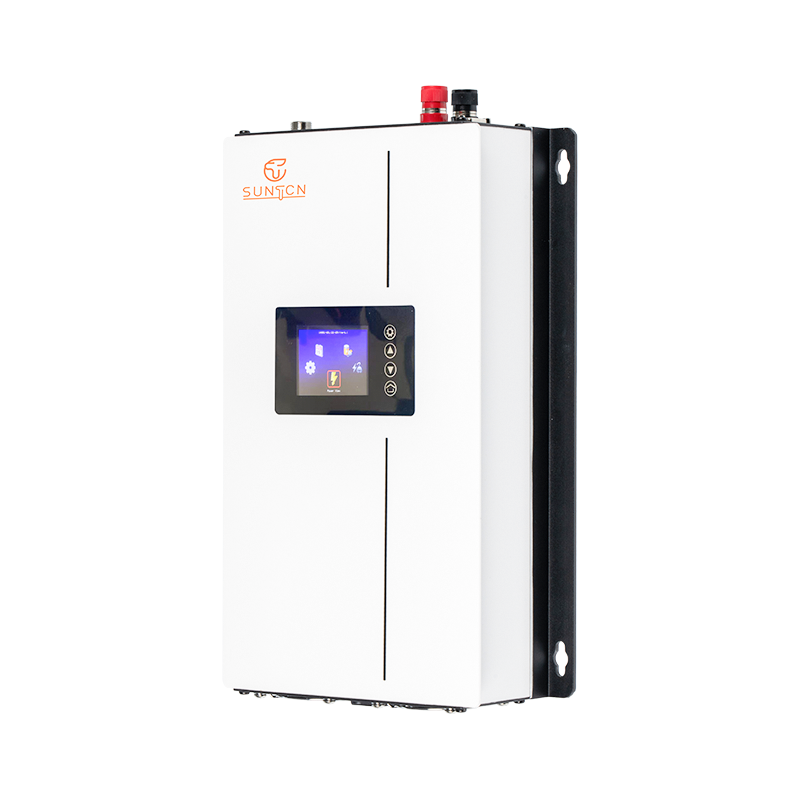

 English
English Español
Español Deutsch
Deutsch